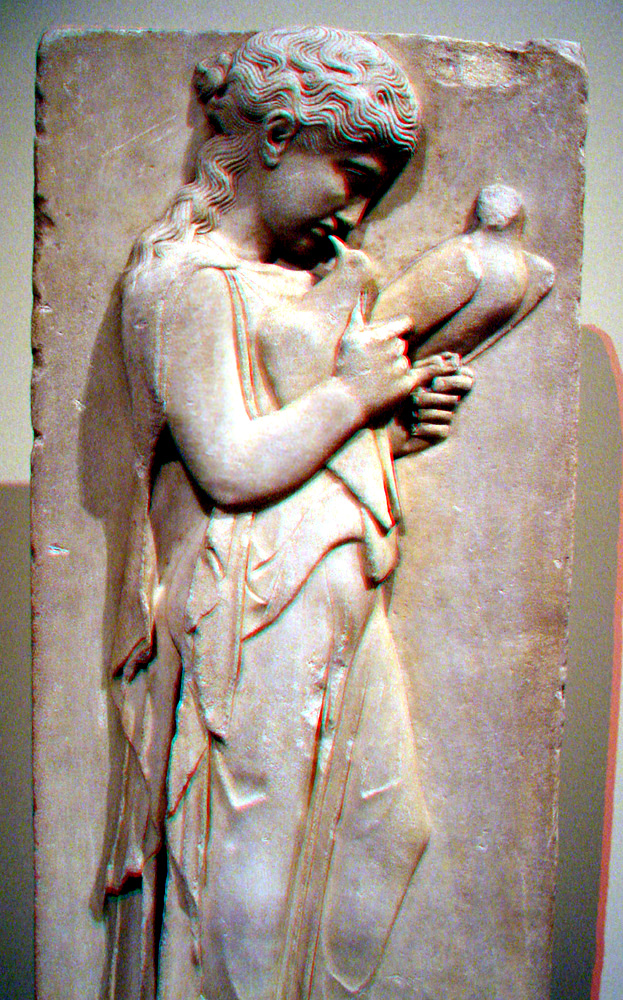
Image 1 Caption: Girl with Doves (c. 440--450 BCE). An artwork of ancient Greek sculpure from the lifetime of Meton of Athens (late 5th century BCE). For a better image, see girl_with_doves.html.
If you ever doubted that the ancient Greeks had ordinary family feeling, their grave steles set your mind at rest.
But from sculpture to astronomy to disgress:
Features:
- Meton (late 5th century BCE)
is the eponym
and possibly a secondary independent
discoverer
of the
19-years
Metonic cycle
which is a pretty accurate/precise way of inserting
intercalary months
in lunisolar calendar
(Wikipedia: Metonic cycle;
Otto Neugebauer 1969,
The Exact Sciences in Antiquity, p. 7;
John North 1994, The Norton History of Astronomy and Cosmology, p. 65).
Explication of the 19-years Metonic cycle:
- Consider 19 years.
- Let 12 years consist of 12 lunar months.
- Let 7 years consist of 13 lunar months.
- To be accurate/precise, we will use values for the J2000 epoch: solar year = 365.2421897 days (J2000), lunar month = 29.530588853 days (J2000).
- In the 19 years counted thusly, there are 235 lunar months which equal 6939.69 days.
- Now 19 solar years equals 6939.60 days.
- Thus, there is a discrepancy of only ∼ 0.09 days after one Metonic cycle of 19 years.
- From any time zero, it takes 219 solar years of using Metonic cycle for the calendar year based on the Metonic cycle to end ∼ 1 day after the end of the 219th solar year.
- Thus, for a trivial procedure, the Metonic cycle isn't bad.
- Image 2 Caption: Girl with Doves (c. 440--450 BCE).
- The Babylonians used the Metonic cycle from early 5th century BCE on and so presumbly knew it earlier, maybe much earlier than Meton of Athens (late 5th century BCE) (Wikipedia: Metonic cycle: Application in traditional calendars; Robert Harry van Gent: The Babylonian Calendar). Meton may have learnt of the Metonic cycle via some path from Babylonians, but as aforesaid he may have been secondary independent discoverer. In fact, in Classical Antiquity (c.800 BCE--c.500 CE) (at least before the advent of the Julian Calendar (advent 45 January BCE) where (what cities or states), when (what time frames), and by whom (just ancient Greek astronomers or them and magistrates) the Metonic cycle was used is a complex subject. Simpler or haphazard methods of inserting the intercalary months may often have been used in preference to or in ignorance of the Metonic cycle. In later Classical Antiquity (c.800 BCE--c.500 CE), the Metonic cycle was used in Computus (the calculation of the date of Easter) which has a highly complex history (Wikipedia: Computus: History).
The Metonic cycle was known in China by an independent discovery and perhaps earlier than in western Eurasia (Britannica: Chinese calendar; but Wikipedia: Metonic cycle: Application in traditional calendars NO longer reports this).
-
Images:
- Credit/Permission:
Original: Anonymous
ancient Greek sculptor,
c. 450 BCE--440 BCE,
(uploaded to
Wikimedia Commons
by User:Dschwen,
2006) /
CC BY-SA 3.0.
Image link: Wikimedia Commons: File:Greek Girl with dove.jpg.
- Credit/Permission:
Original: Anonymous
ancient Greek sculptor,
c. 450 BCE--440 BCE,
Photo ©:
Mary Harrsch,
2007
(uploaded to
Wikimedia Commons
by User:Tm,
2020) /
CC BY-SA 3.0.
Image link: Wikimedia Commons: File:Marble grave stele of a little girl with doves Greek 450-440 BCE found on the island of Paros (1) (746929431).jpg.
File: Moon file: metonic_cycle_girl_with_doves.html.
